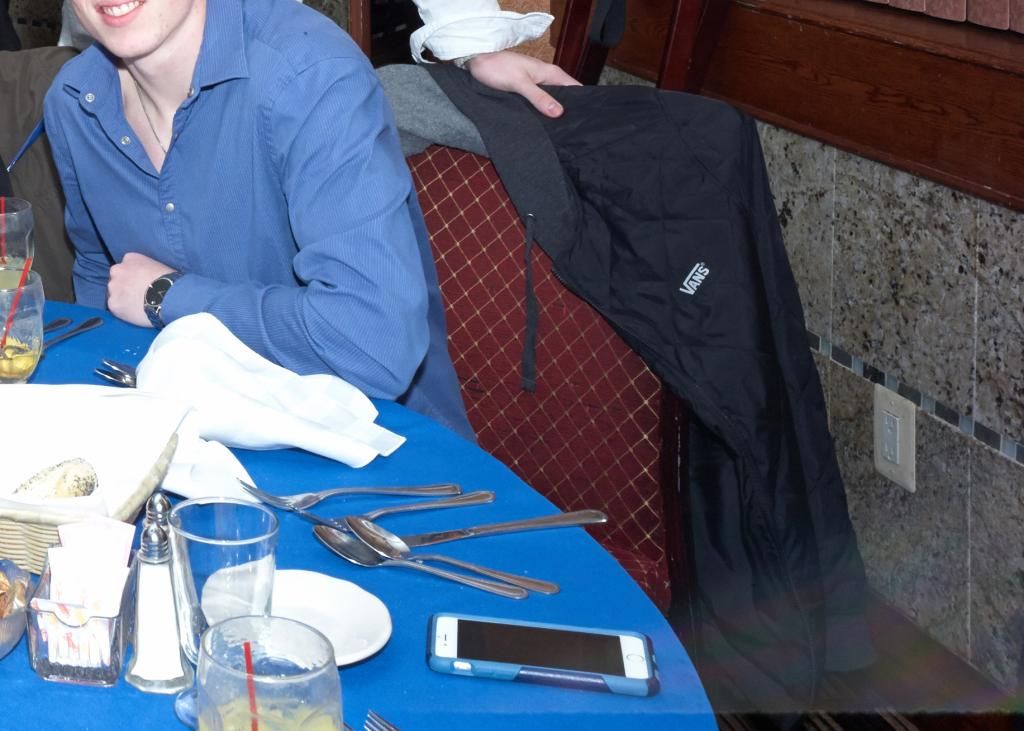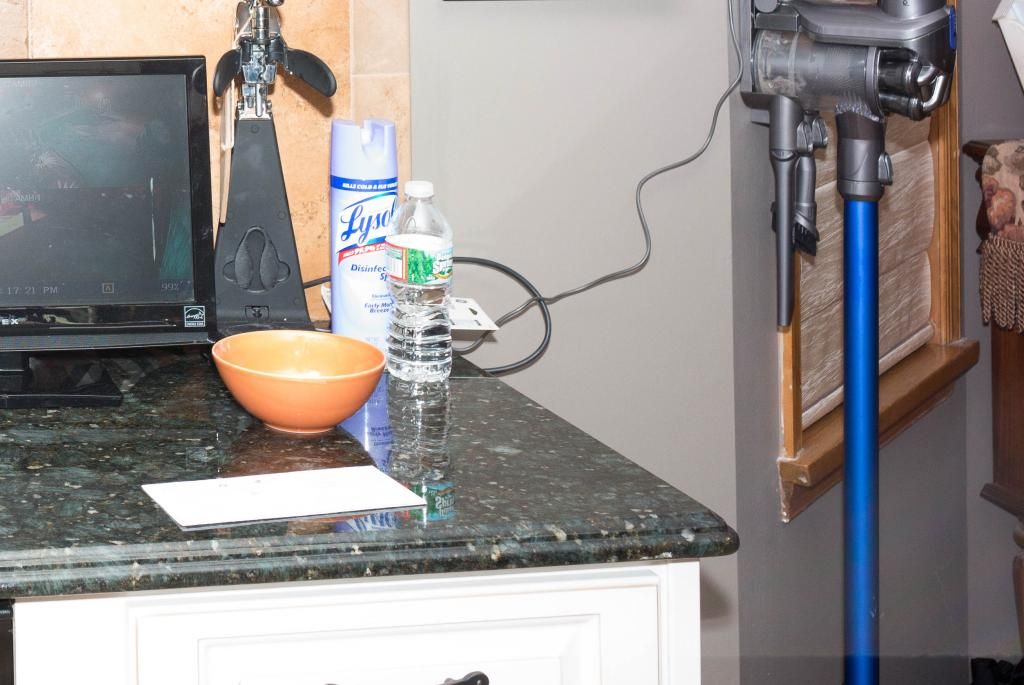mountainrivera
Established
I shot this with the Zeiss ZM 25mm on my M240 using a flash. It looks like most of the pics I shot with the lens had this. On the same night I switched off with the 50mm asph and the pice were fine. I had the lens detection on auto (forgot to manually set it). I thought that may have been why but today I tried to duplicate the effect but the lens behaved normally. Anyone ever see this - lower right side of the pic?





